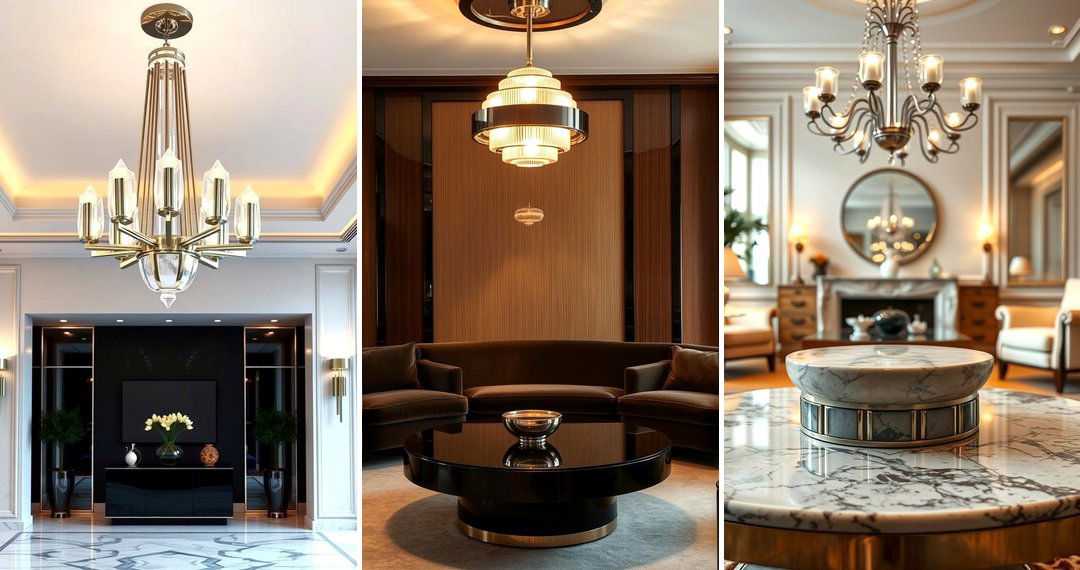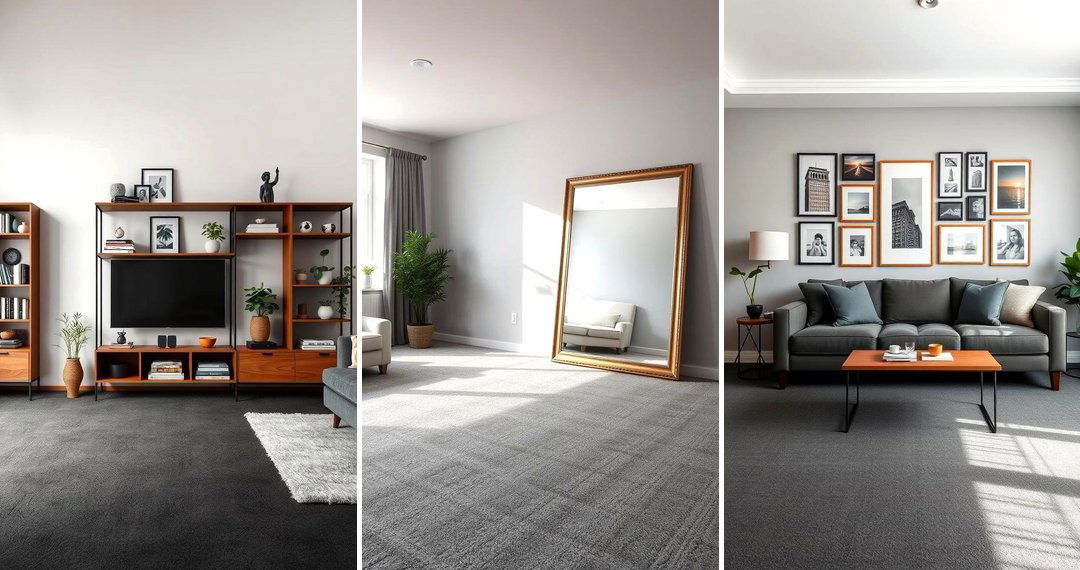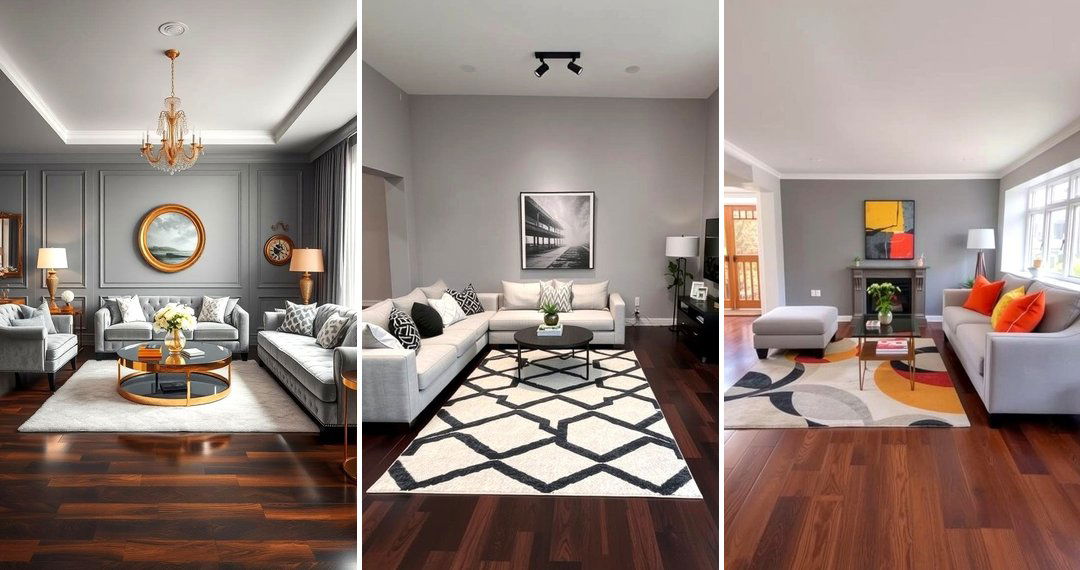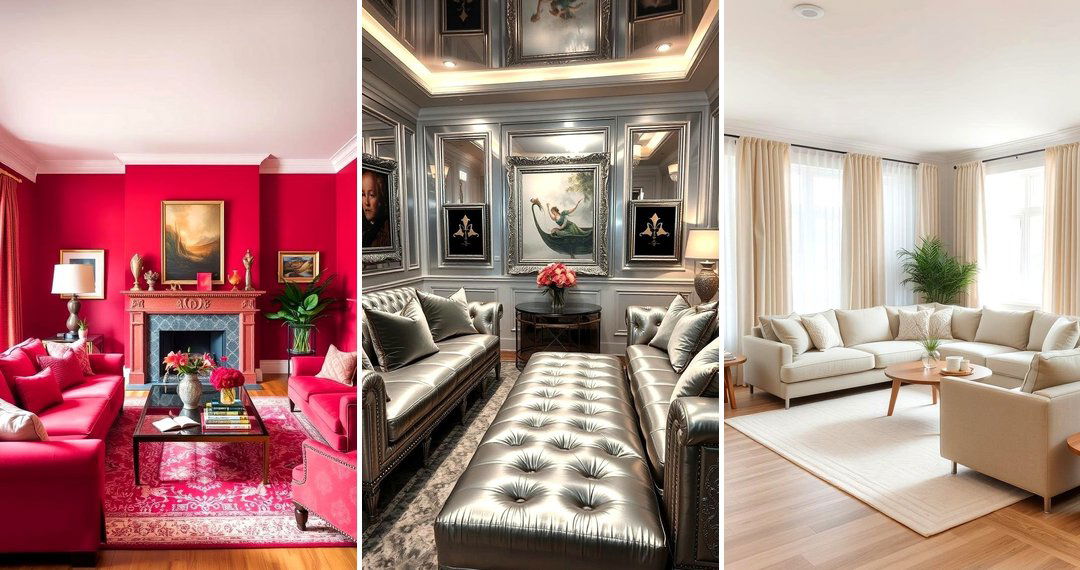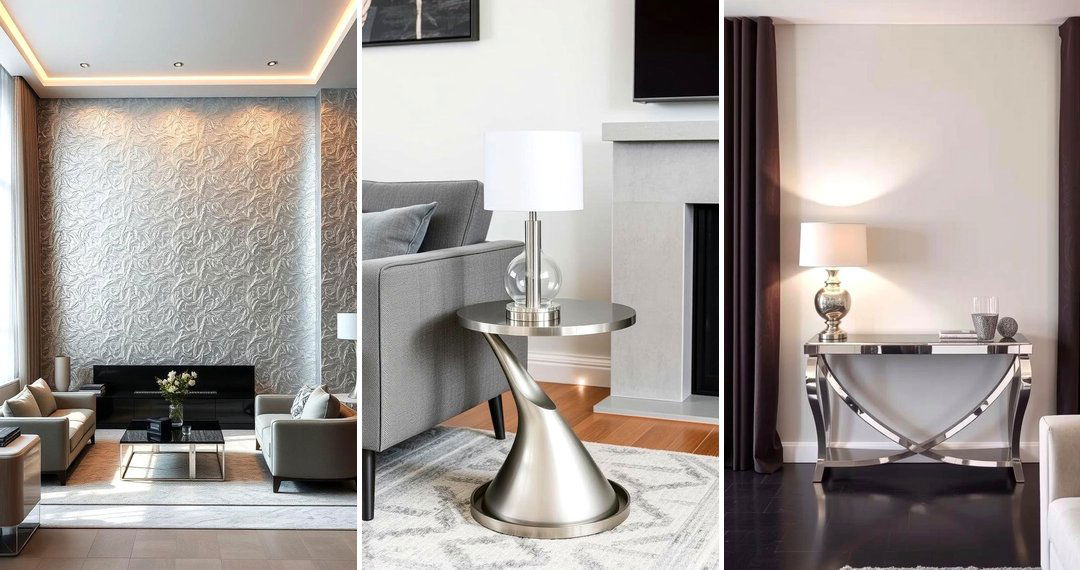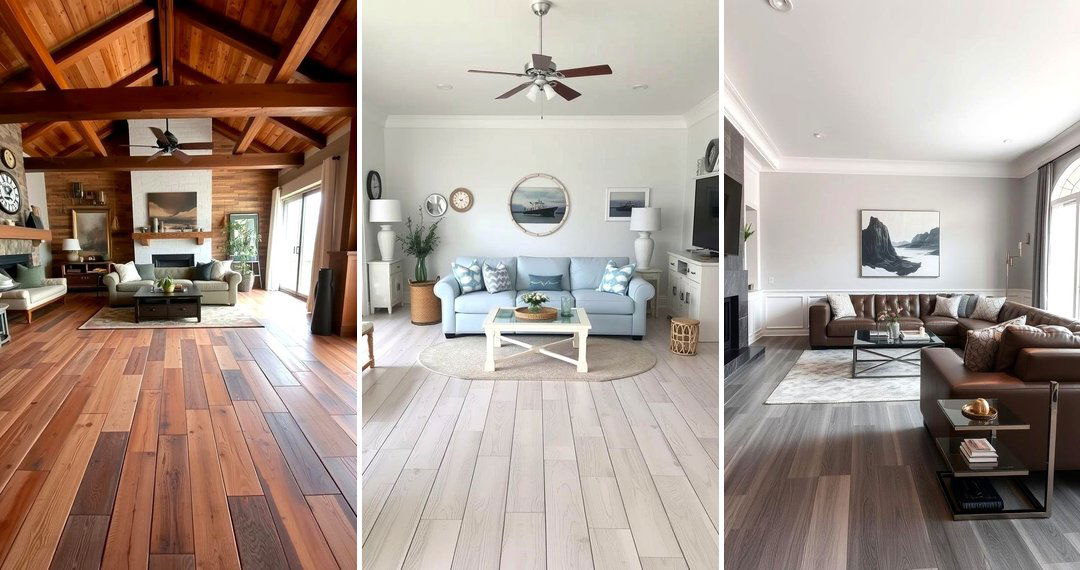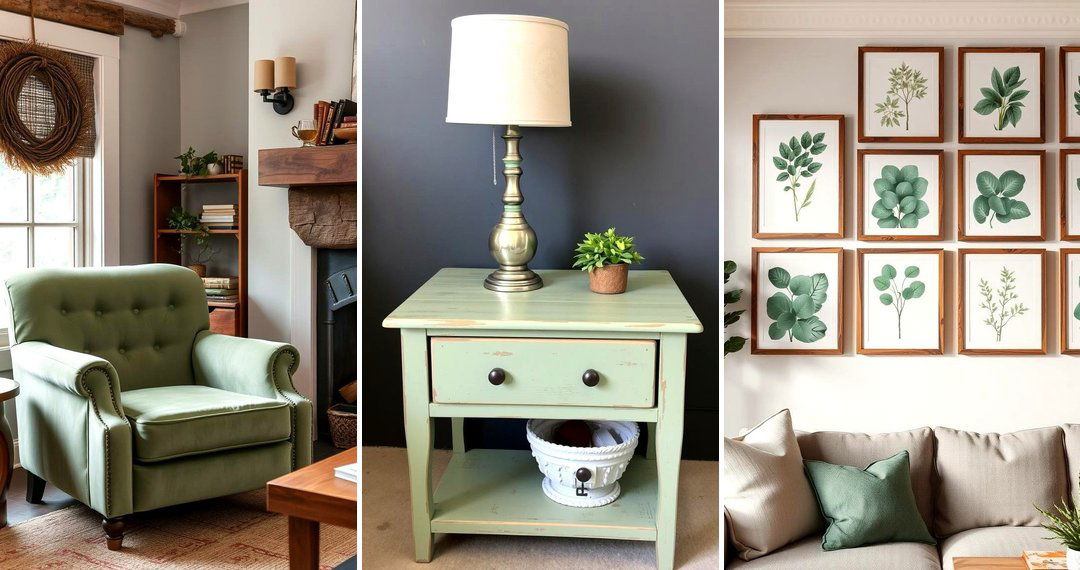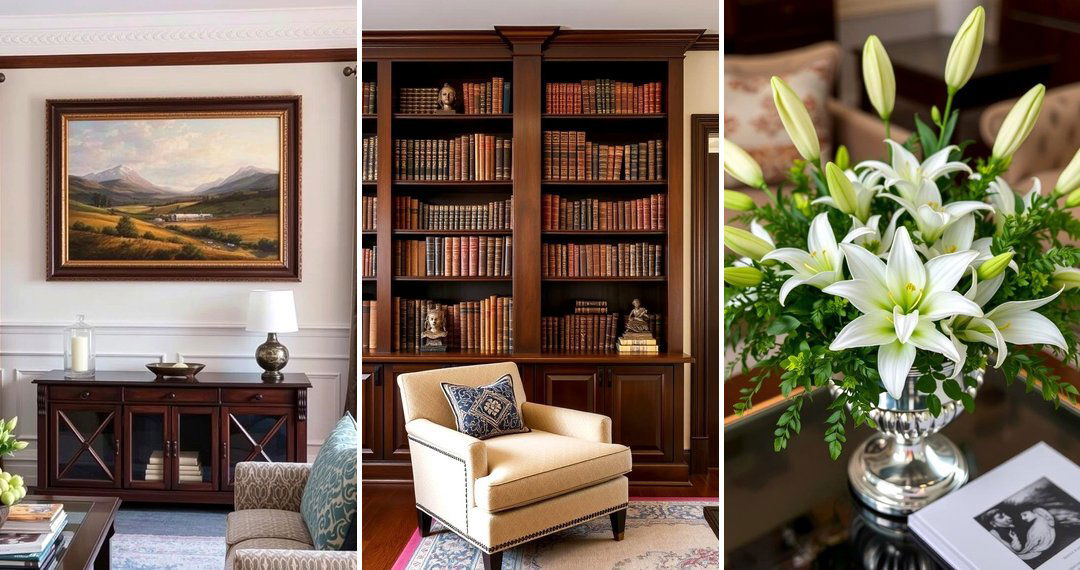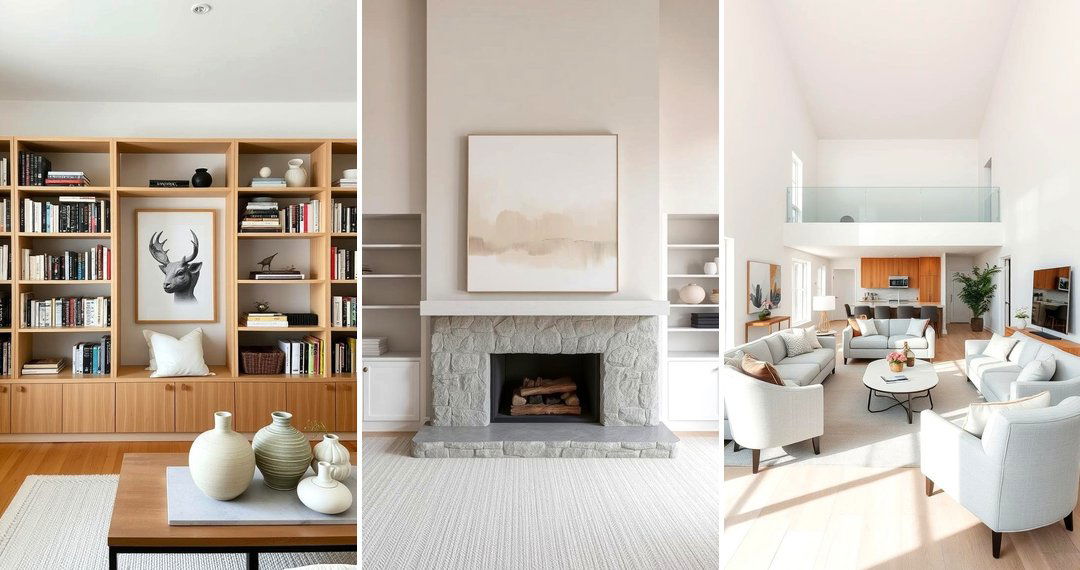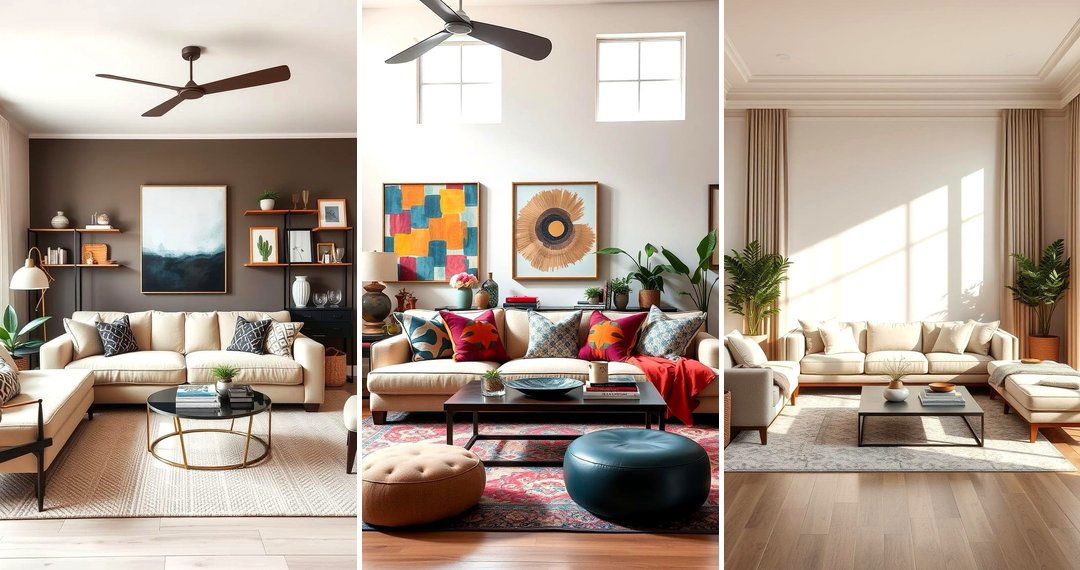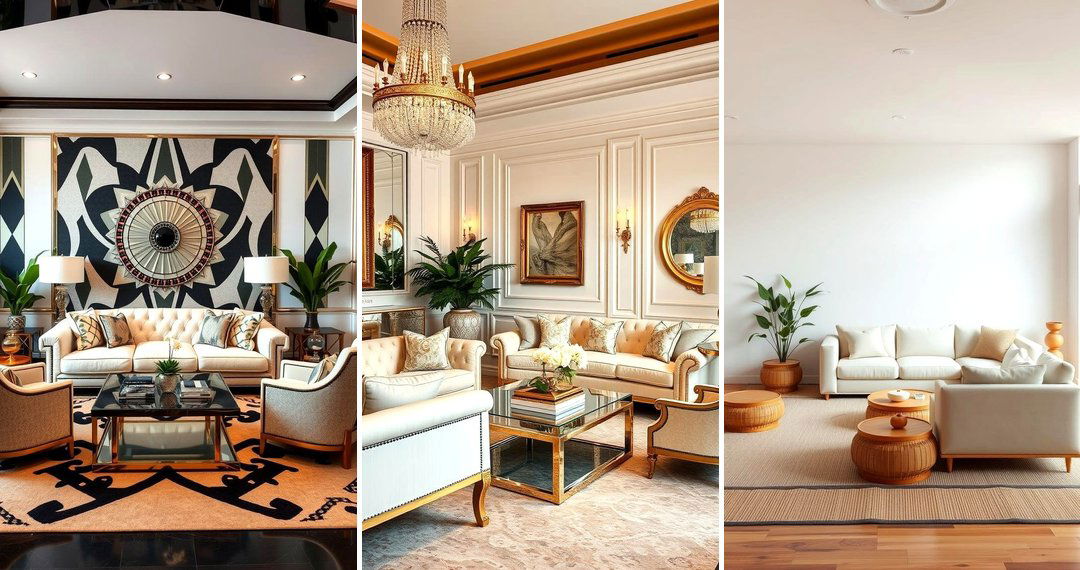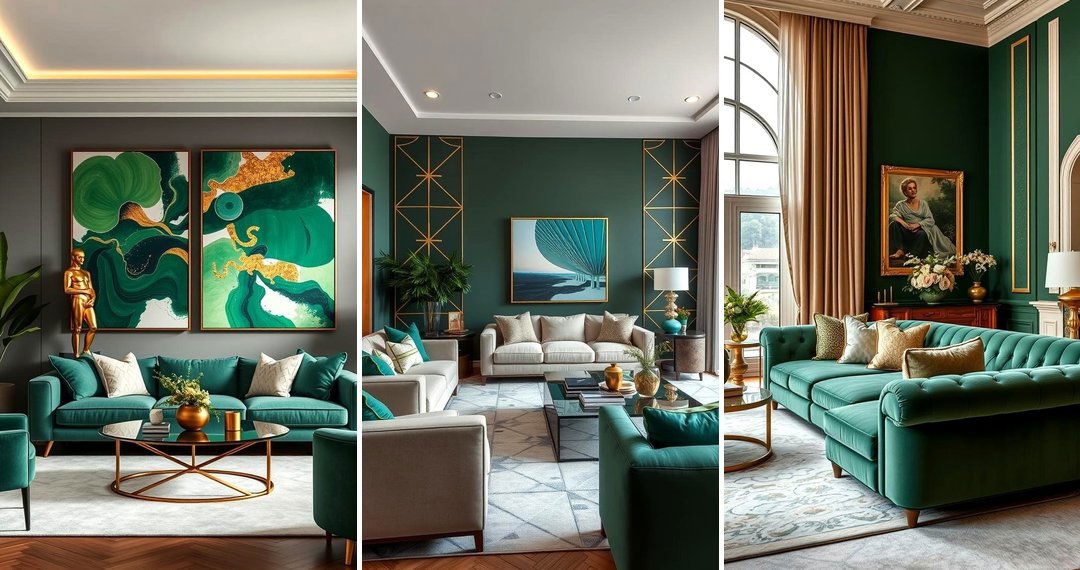Introduction:
The kitchens of the 1920s through the 1940s are a unique window into a time of transformation, both in terms of design and function. The blending of traditional craftsmanship with emerging modern technologies during this period created spaces that were as practical as they were visually striking. From the art deco influences of the 1920s to the streamlined efficiency of the 1940s, each decade offered distinct characteristics that continue to inspire home design today. Explore these timeless kitchen designs, where every detail—from cabinetry to appliances—was carefully crafted to suit the needs and style of their era.
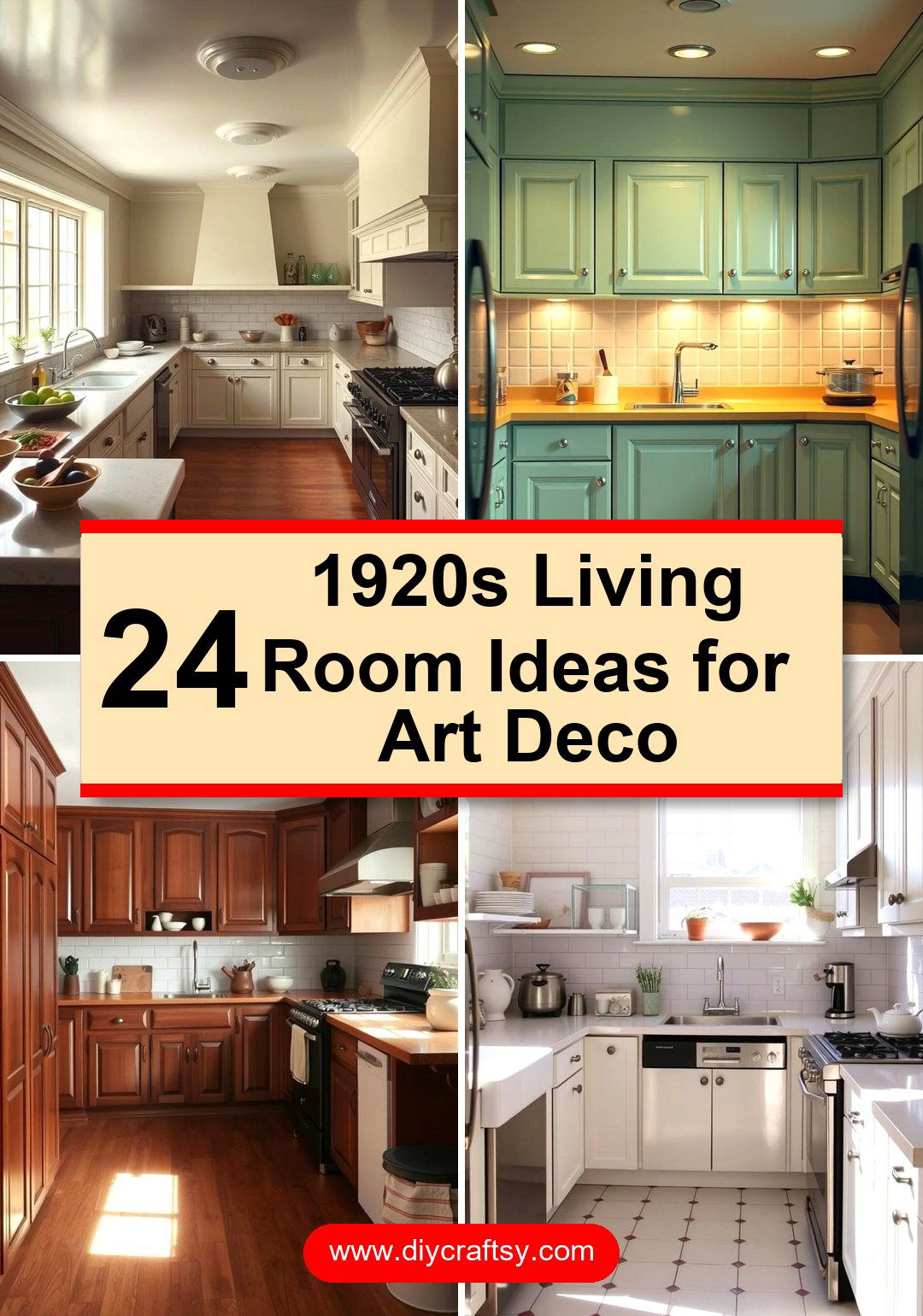
1. Art Deco Elegance in the 1920s Kitchen
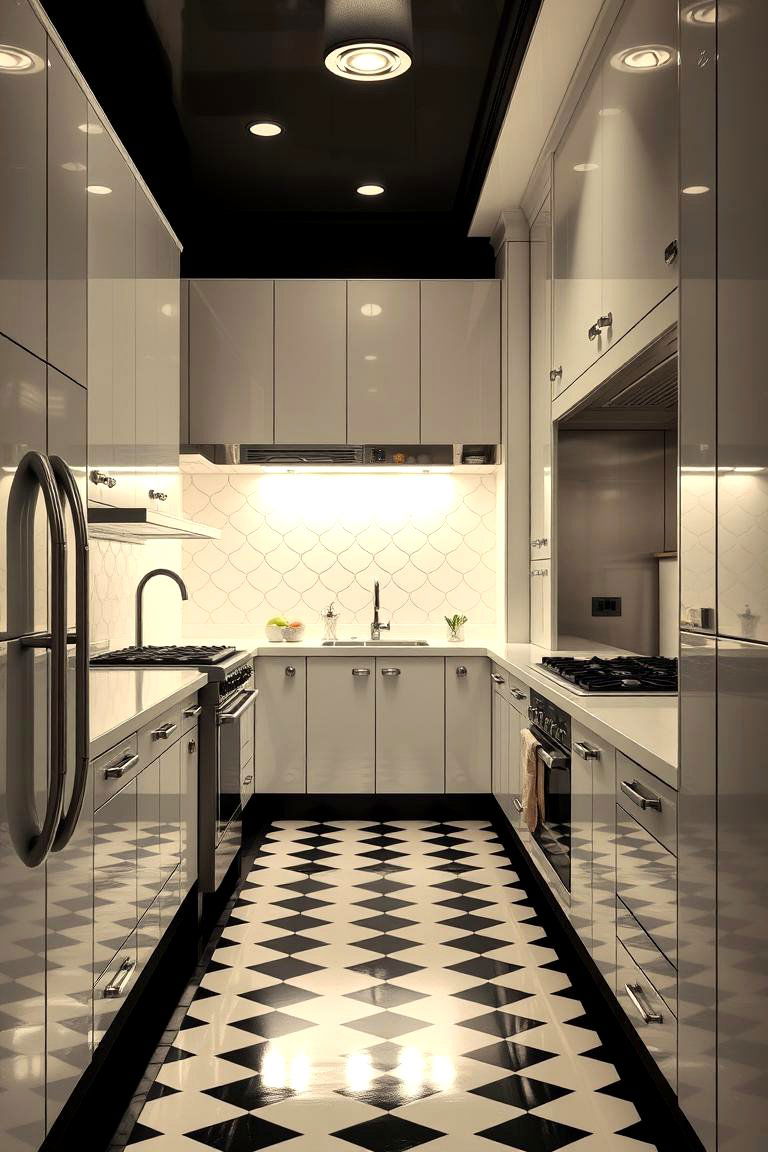
Step into a world of sharp lines and glamorous finishes with the art deco kitchen of the 1920s. Featuring bold geometric patterns and sleek, polished surfaces, this style was all about luxury and modernity. Art deco kitchens often boasted chrome fixtures, glass-front cabinets, and glossy black-and-white tile floors, offering an elegant yet functional space. The smooth, reflective surfaces helped brighten the kitchen, while the bold contrasts created a sense of sophistication. This aesthetic was perfect for homeowners seeking to bring the excitement and glamour of the Jazz Age into their homes.
2. The Rise of the Electric Range in 1920s Kitchens
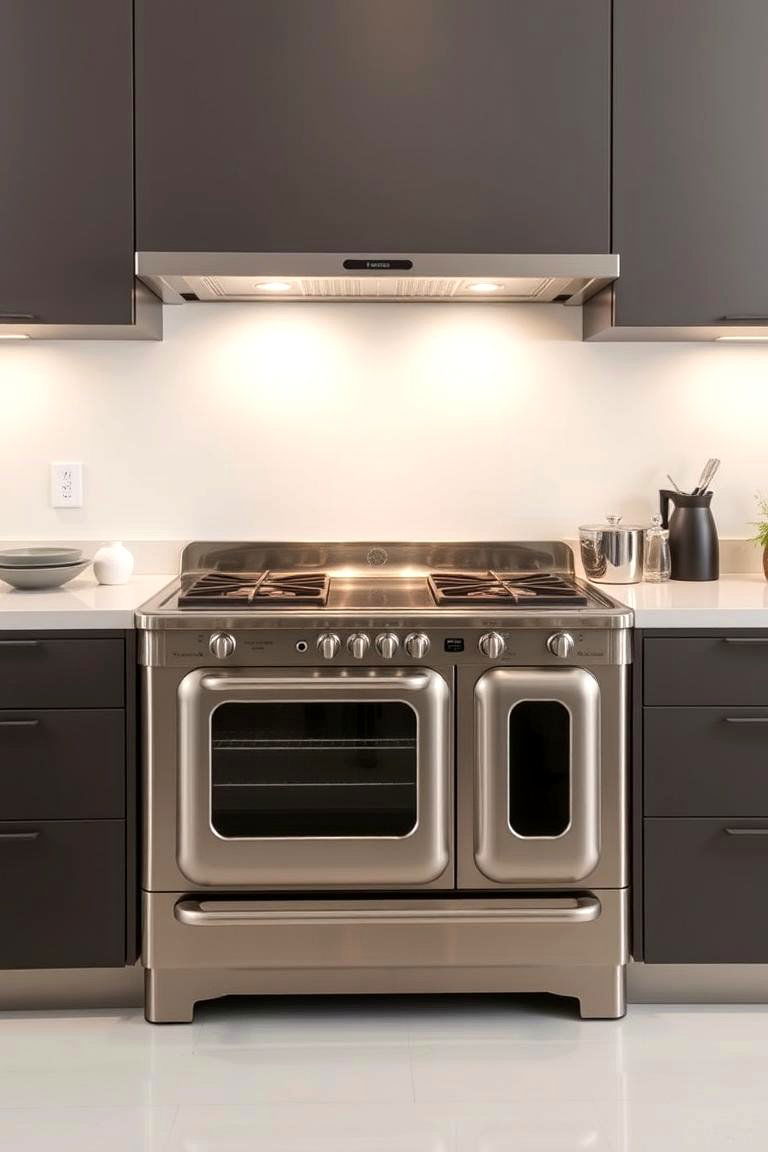
In the 1920s, the electric range made its debut in kitchens, forever changing how meals were prepared. Unlike the traditional wood or coal stoves of earlier years, electric ranges offered increased convenience and efficiency. Home cooks could rely on consistent heat levels and easy-to-use temperature controls, which made cooking more predictable and less labor-intensive. The sleek designs of these new appliances fit seamlessly into the evolving modern kitchens, adding to the overall appeal and practicality of the space.
3. Streamlined Design of the 1930s Kitchen
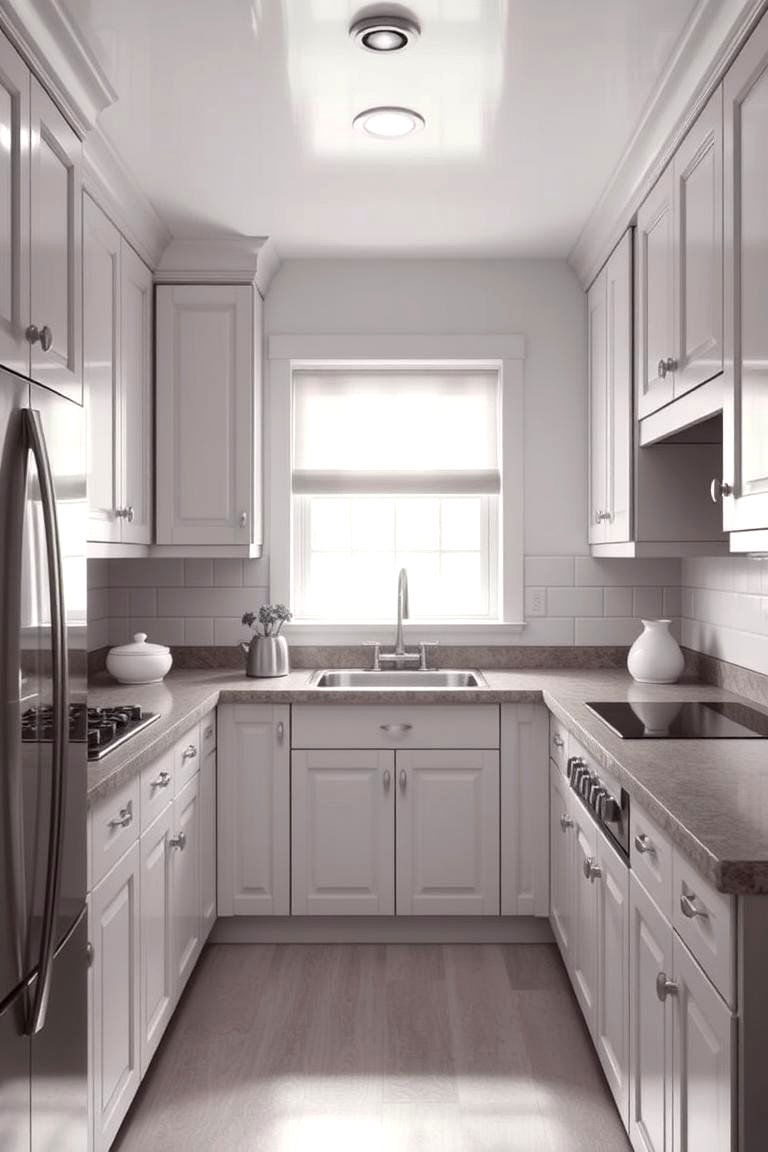
By the 1930s, kitchens had become more streamlined and practical in response to economic challenges. This period saw the rise of simple, functional designs that prioritized efficiency without sacrificing style. The introduction of built-in cabinetry and more durable materials made kitchens easier to maintain. Compact layouts, with appliances integrated into the design, allowed for maximum use of space, making the kitchen both a functional cooking area and a cozy place to gather. It was all about making the best use of what was available, creating a more minimalist yet highly efficient space.
4. The Impact of the Great Depression on Kitchen Design
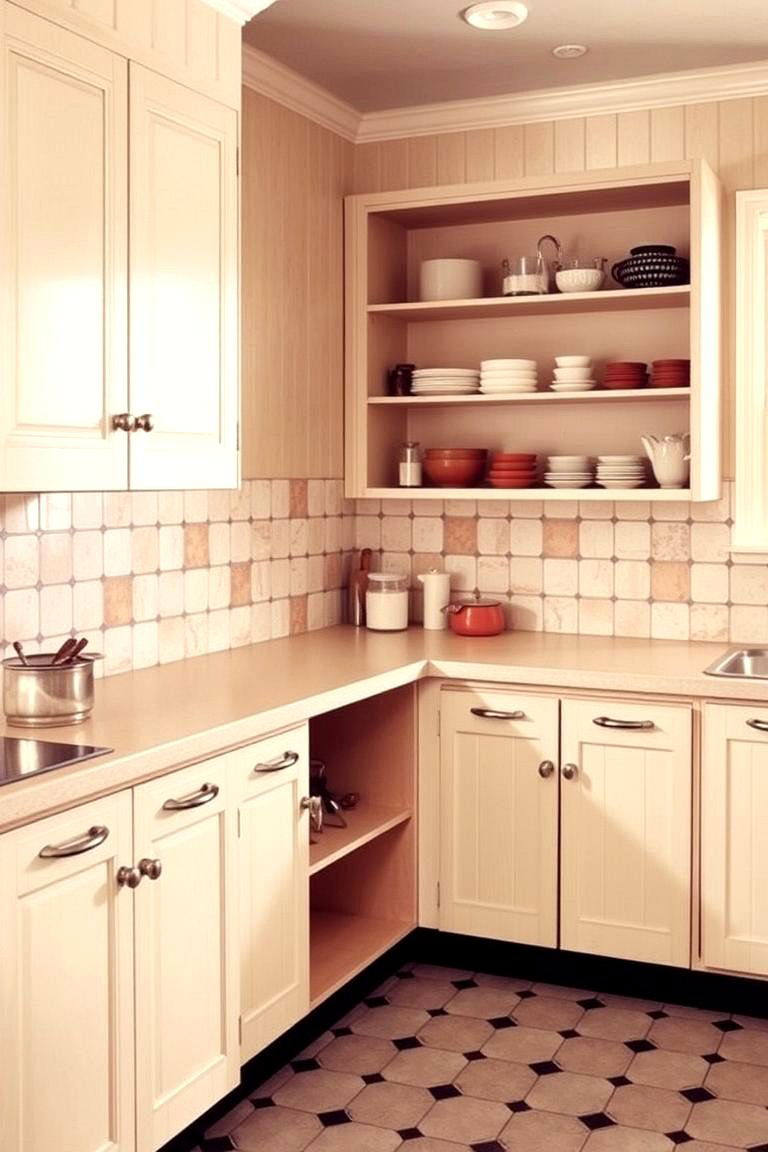
The Great Depression had a significant impact on kitchen design during the 1930s. With many families facing financial challenges, kitchens were designed to be more economical and durable. This period saw a rise in the use of affordable materials such as linoleum and plywood. Practical, utilitarian elements such as built-in cabinets, open shelving, and durable countertops became staples in the kitchen. The focus shifted from luxury to functionality, ensuring that kitchens could withstand daily use and still offer a welcoming environment.
5. 1940s Kitchens: War-Time Efficiency Meets Home Comfort
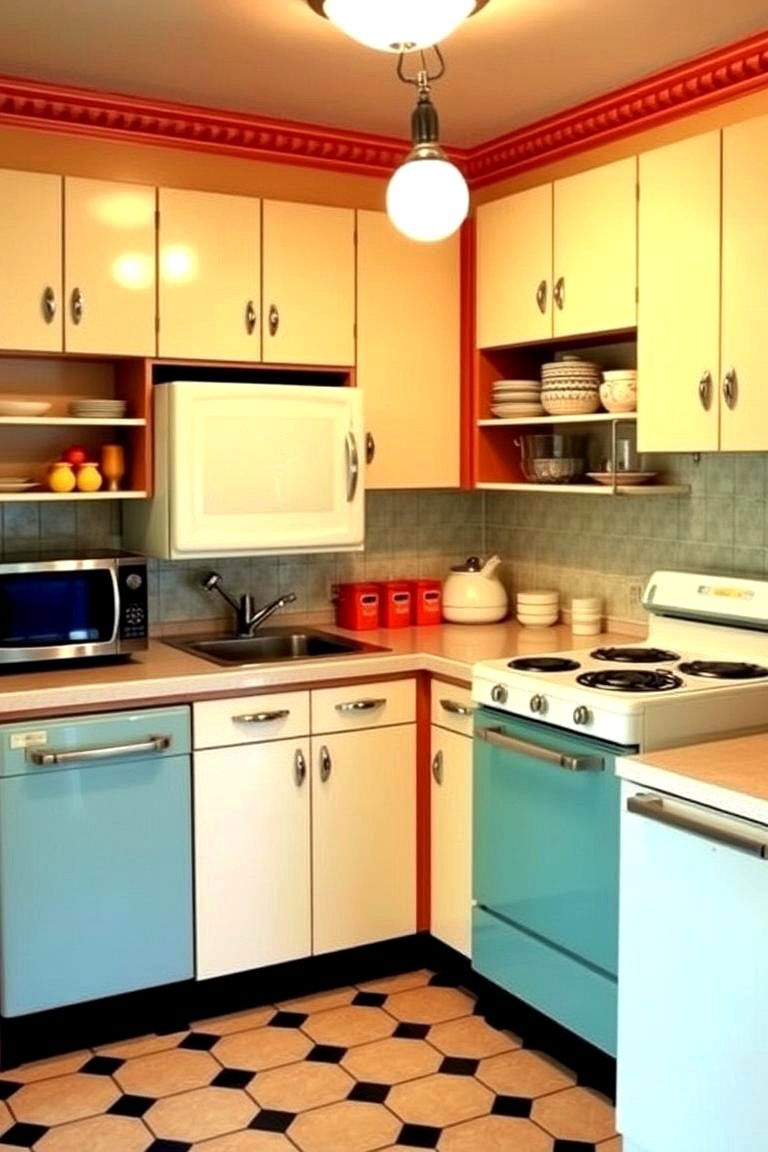
During the 1940s, kitchens became more efficient and streamlined due to wartime shortages. The war effort led to innovations in compact, multi-purpose appliances that saved both time and energy. Homeowners embraced functional design with an emphasis on practicality. The “wartime kitchen” was not just a place for cooking, but a space where every square inch counted. With the return to peacetime, these designs influenced the post-war kitchens, which became both highly functional and stylish, incorporating new materials and technologies for a more modern look.
6. The Birth of the Open-Concept Kitchen
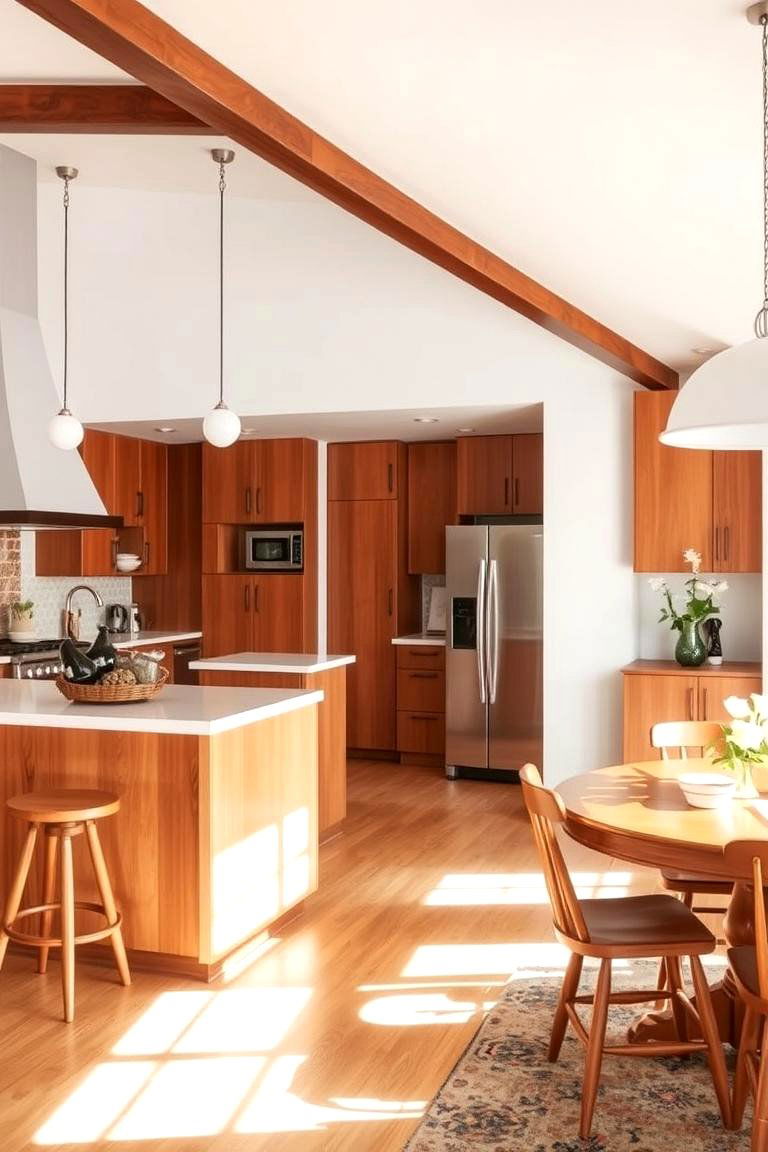
The idea of an open-concept kitchen, where the cooking space seamlessly flows into the living or dining area, began to take root in the 1940s. As families sought more inclusive, family-friendly environments, kitchens were designed to be less isolated from the rest of the home. This design shift allowed for better social interaction during meals and cooking. The open-concept kitchen also helped to maximize available space in homes that were becoming more compact, particularly after the war.
7. The Introduction of Refrigerators in the 1920s Kitchen
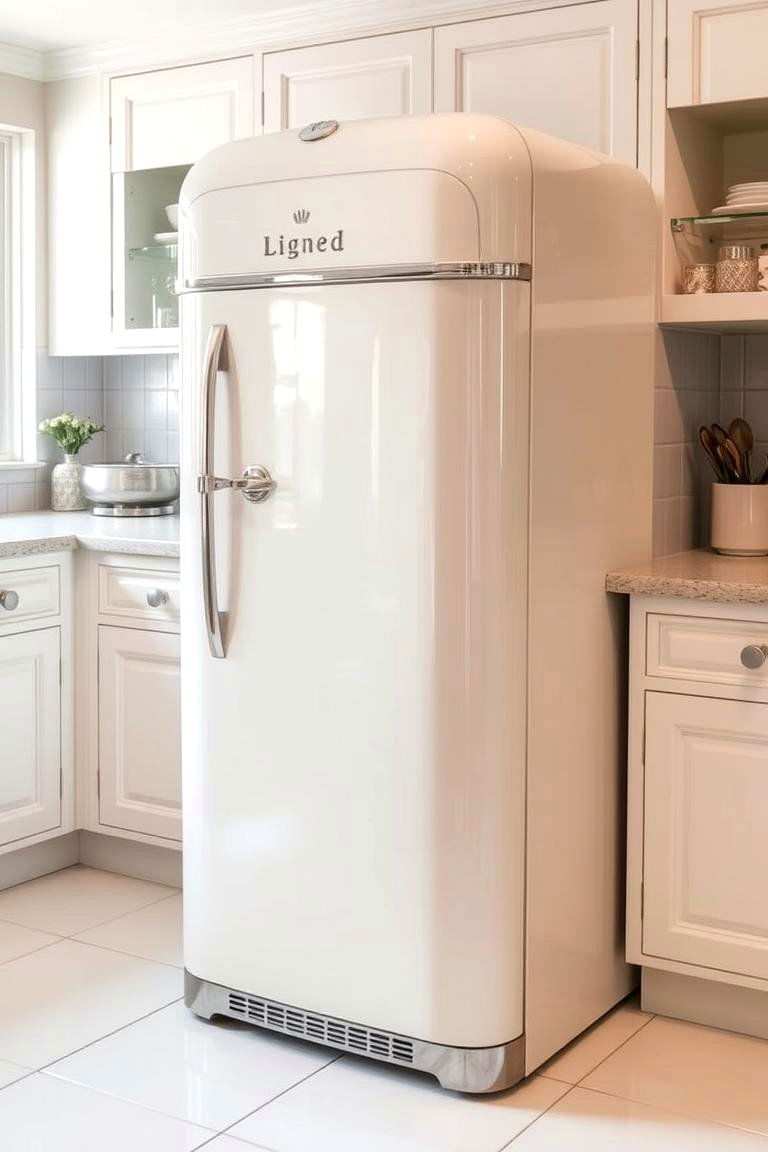
Refrigerators revolutionized food storage in the 1920s, marking a major shift from iceboxes and other less efficient cooling methods. Early refrigerators were large and boxy, but they offered the ability to store fresh food longer, making them a crucial addition to any modern kitchen. The 1920s saw a dramatic increase in homeownership of refrigerators, changing how families managed their kitchens and meals. This appliance allowed for greater flexibility in food storage and preparation, ushering in a new era of convenience.
8. Functionality and the Subtle Beauty of 1930s Kitchen Color Palettes
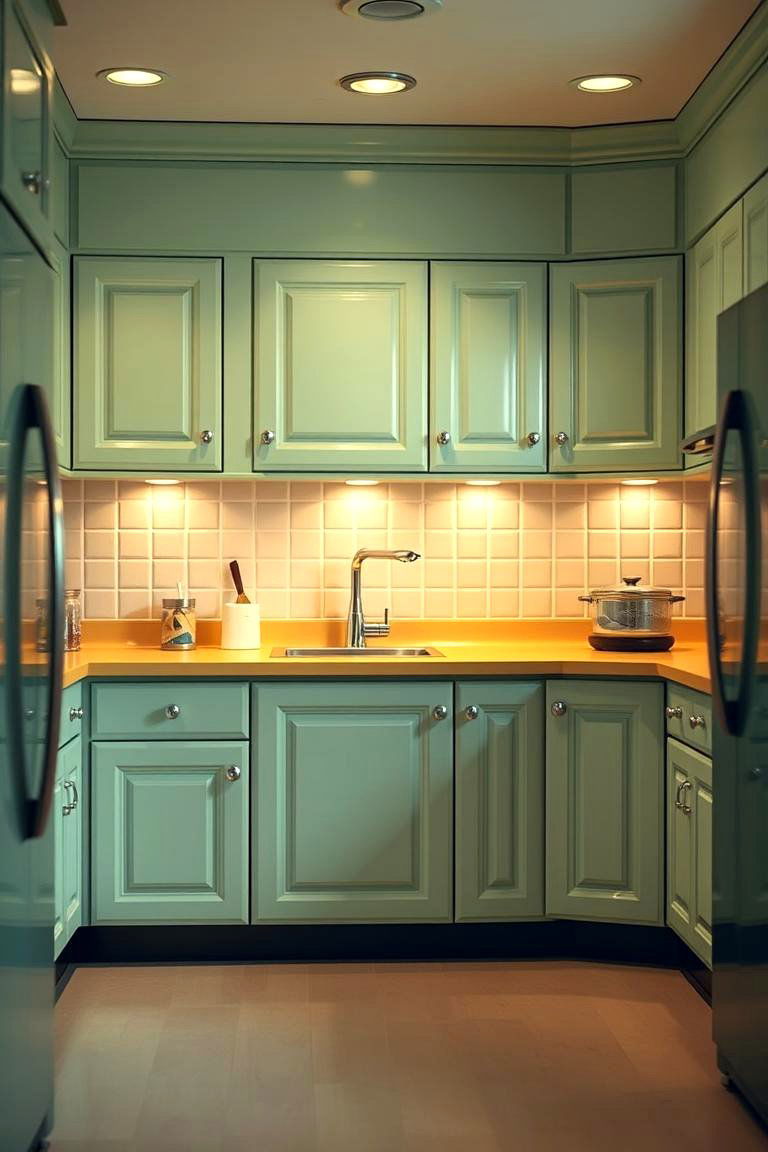
Kitchens in the 1930s often featured soft, muted color schemes that focused on creating a warm, inviting atmosphere. Pastel colors such as mint green, butter yellow, and pale blue became popular choices for cabinetry and tile work. These calming hues were paired with chrome fixtures and streamlined appliances, giving the kitchen a functional, yet aesthetically pleasing look. This balance of beauty and function became a defining characteristic of the era’s kitchen designs, making spaces that were both cozy and efficient.
9. The Allure of White in 1940s Kitchens
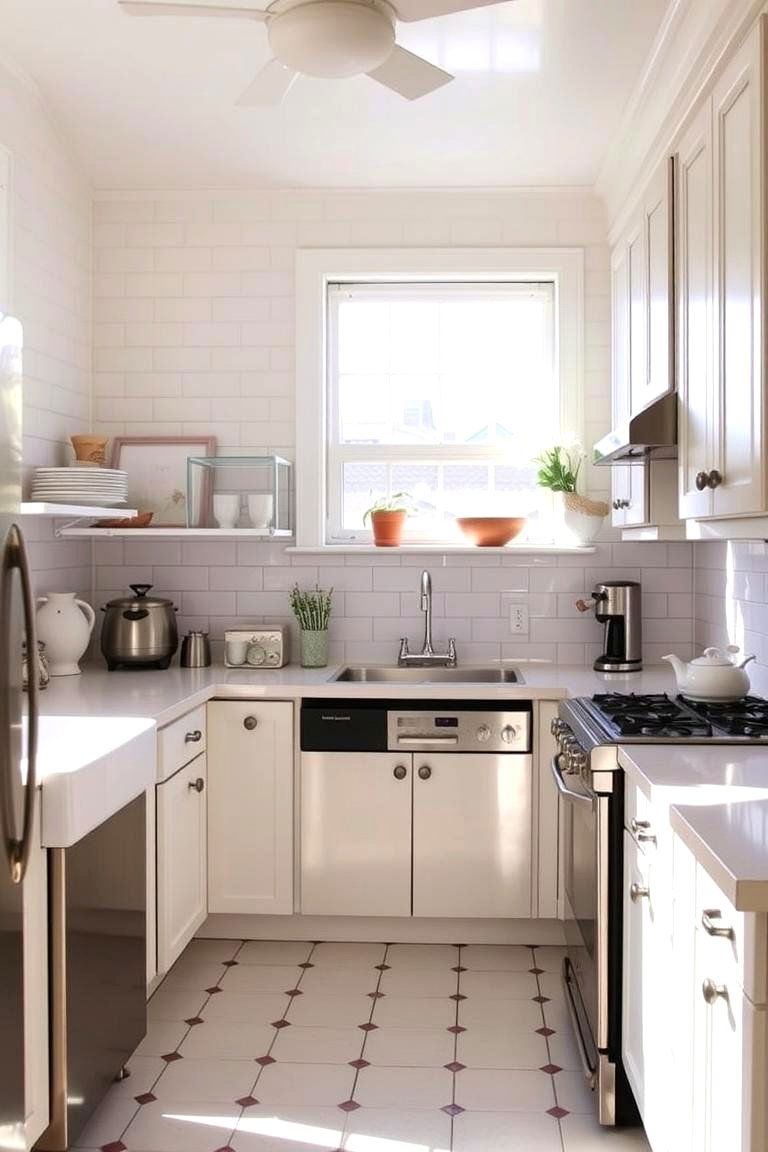
The 1940s brought a significant shift toward lighter, brighter kitchens, with white being the dominant color. White was seen as a symbol of cleanliness and modernity, and it helped reflect the increased use of artificial lighting in kitchens. White tiles, cabinets, and countertops created a fresh, airy atmosphere, and the color helped make smaller kitchens feel more spacious. This clean aesthetic also allowed for easy cleaning and maintenance, which was crucial for busy homemakers during this time.
10. The Evolution of Kitchen Appliances in the 1930s
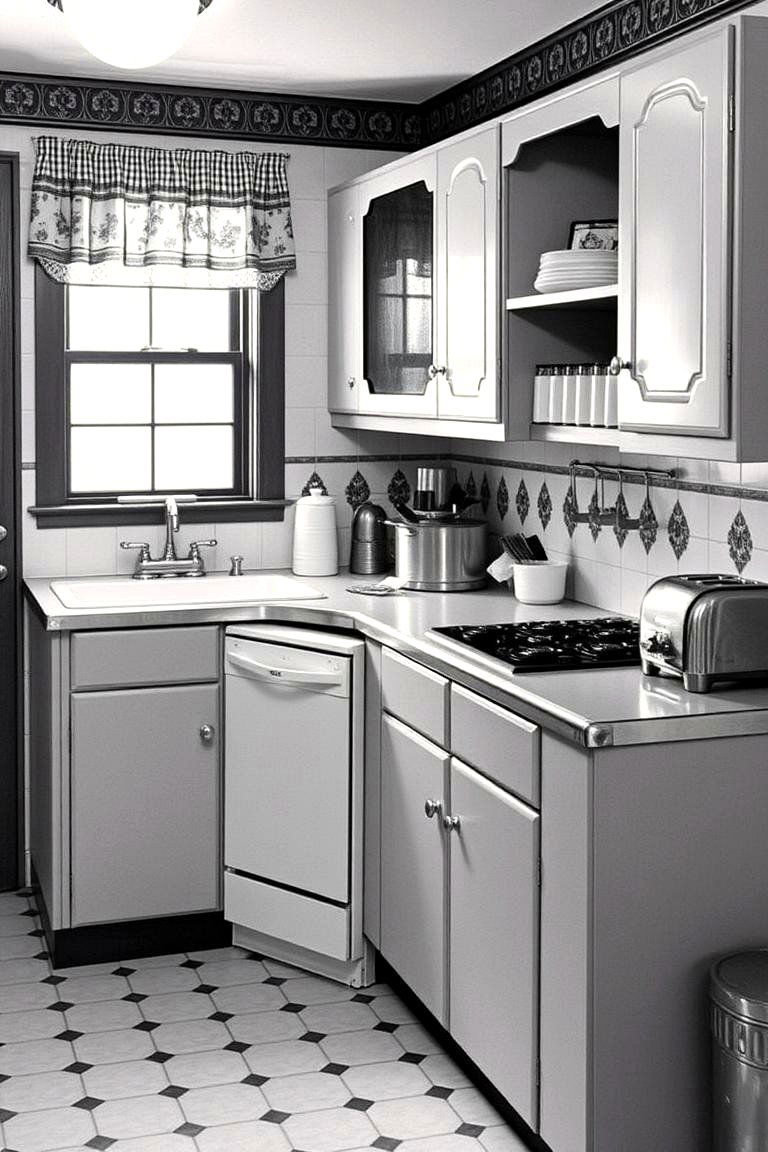
The 1930s saw the introduction of many new kitchen appliances that made everyday life easier. Dishwashers, garbage disposals, and toasters began to appear in homes, making cooking and cleanup faster and more efficient. These appliances were designed to be practical and time-saving, allowing homemakers to focus more on family and less on household chores. This period marked a significant shift towards the integration of labor-saving devices in the kitchen, setting the stage for future advancements.
11. The Classic 1940s Kitchen Sink and Workstation
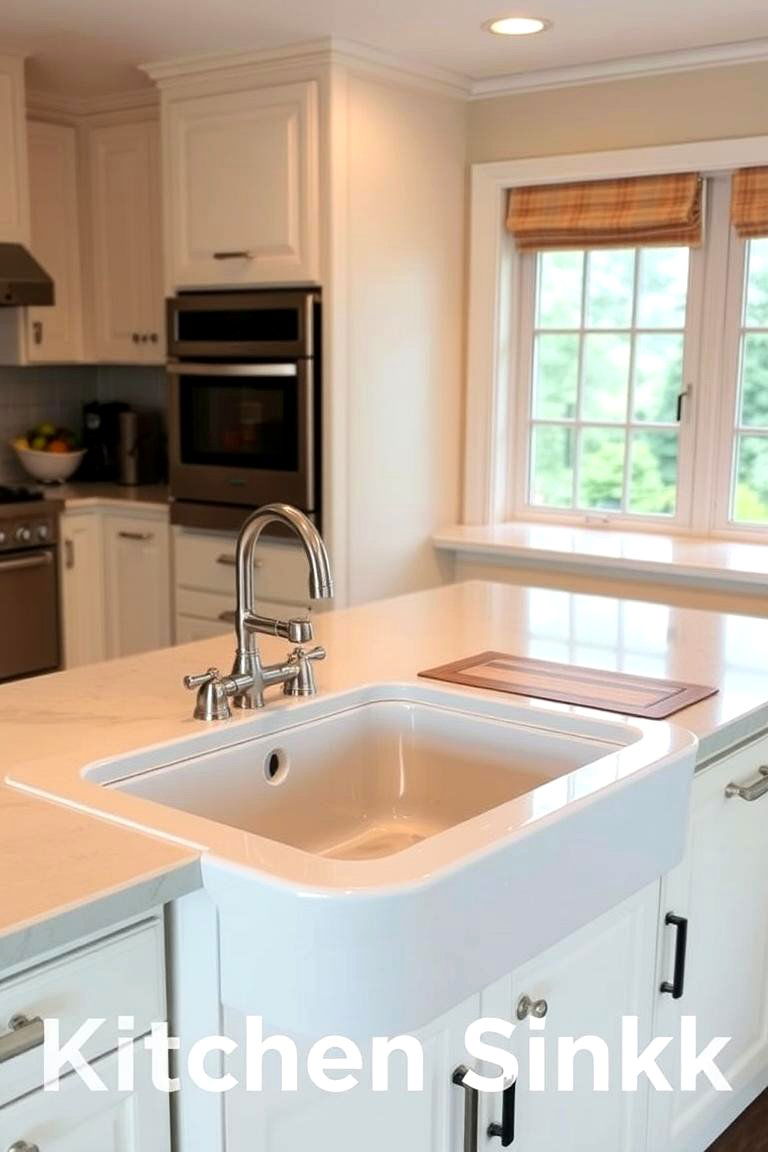
The kitchen sink in the 1940s became a central feature of the cooking and cleaning area, often designed with a built-in workstation to maximize efficiency. These sinks featured integrated drainboards, which allowed for easy drying of dishes and food preparation. Often made from durable materials like porcelain or stainless steel, these sinks were both practical and easy to maintain. The design of the 1940s kitchen sink emphasized simplicity, functionality, and cleanliness, which reflected the era's focus on home efficiency.
12. The Influence of Streamlined Modernism on 1940s Kitchens
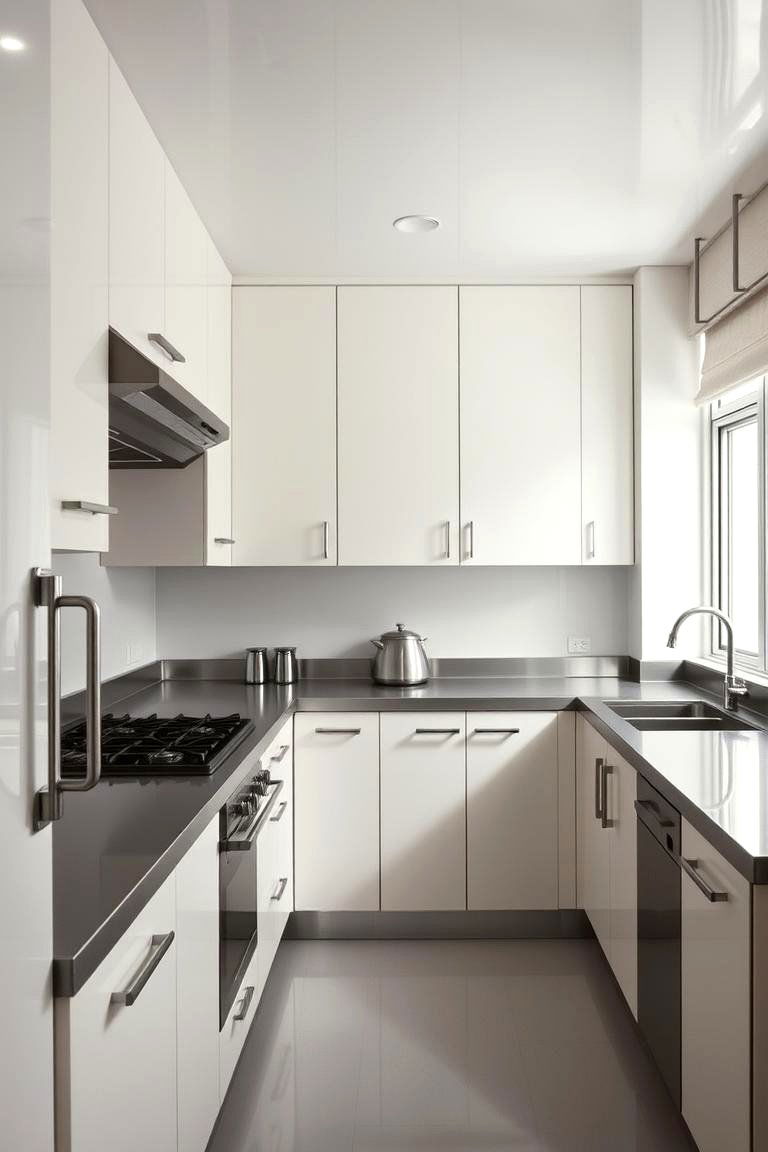
Streamlined modernism had a significant impact on kitchen design in the 1940s, bringing sleek lines, smooth surfaces, and a sense of minimalism to kitchens. This style emphasized the use of new materials like plastic laminates and stainless steel, which were easy to clean and maintain. The streamlined aesthetic also extended to appliances, which were designed to fit seamlessly into the overall layout of the kitchen. This design approach was perfect for homeowners looking for both style and practicality in their kitchen spaces.
13. The Role of Custom Cabinetry in 1930s Kitchens
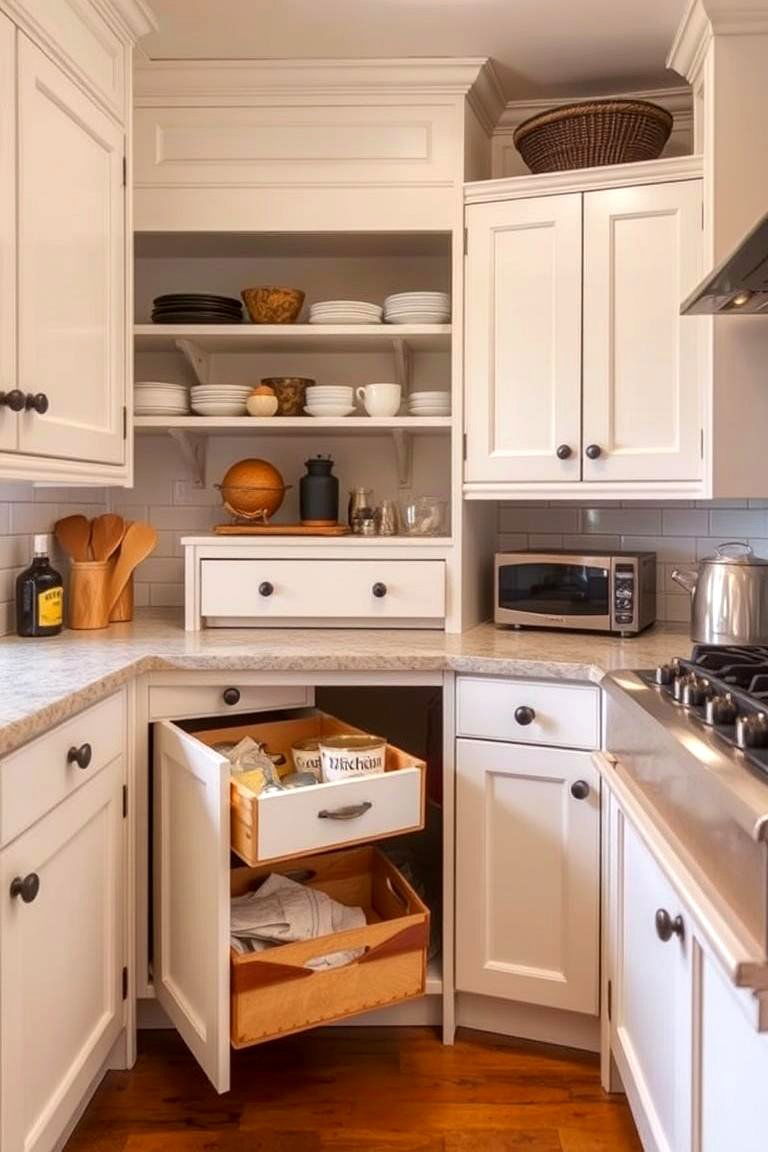
In the 1930s, custom cabinetry became a popular trend in kitchens. Homeowners started to embrace built-in storage solutions that maximized space and helped organize kitchen tools and ingredients. Custom cabinetry could be designed to fit the exact dimensions of the kitchen, providing a tailored look that was both functional and aesthetically pleasing. This era saw the rise of cabinetry that included pull-out drawers, hidden compartments, and innovative storage solutions, offering more efficient use of space.
14. The Iconic 1940s Kitchen Island
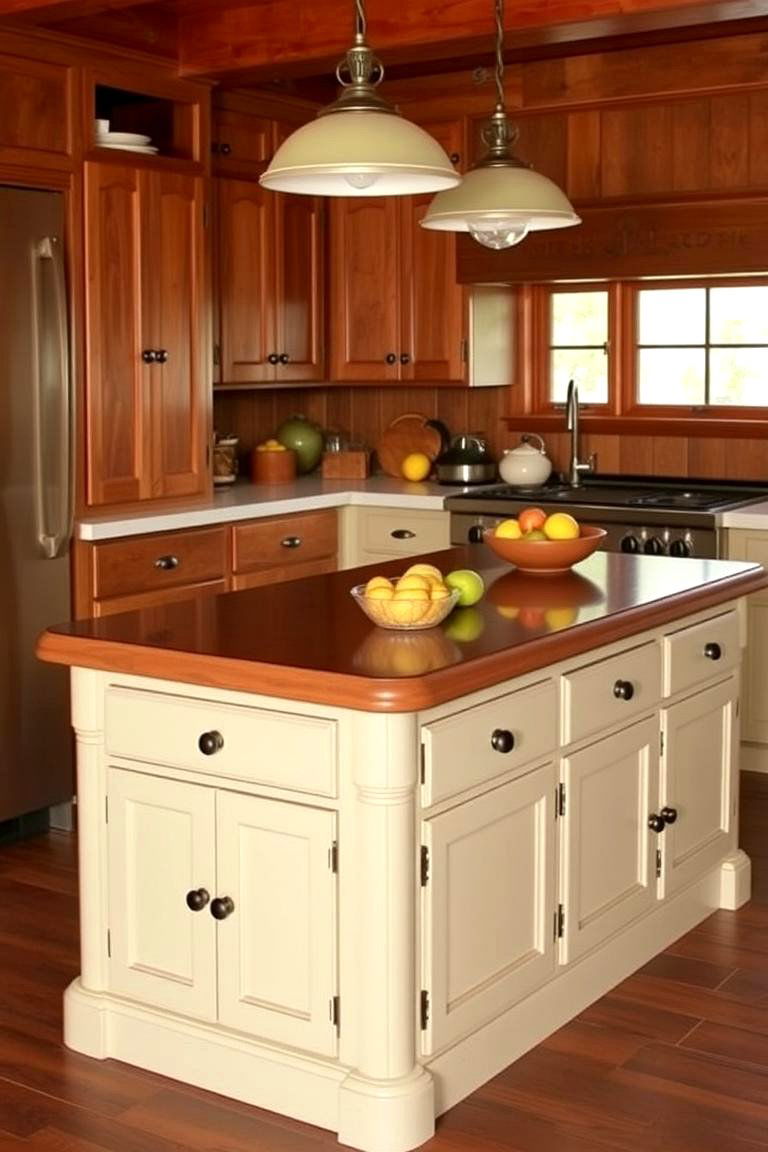
The kitchen island became a staple feature in 1940s kitchens, providing extra countertop space and serving as a gathering spot for the family. These islands were designed to be both functional and versatile, with some featuring additional storage or built-in appliances. The addition of the island allowed for a more open layout, giving families more room to work together in the kitchen. The popularity of the kitchen island during this era helped solidify its place in modern kitchen design.
15. The Essential Pantry in 1930s Kitchens
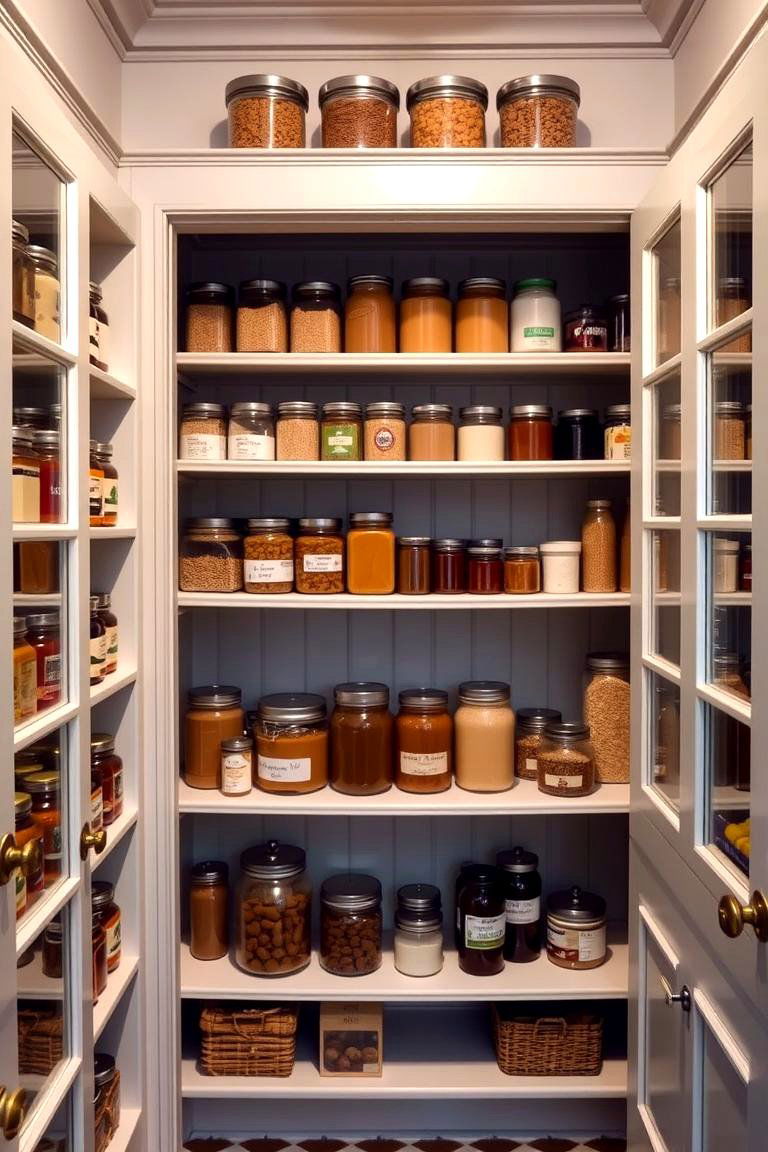
The pantry played an important role in 1930s kitchens, serving as a dedicated space for food storage. With the rise of refrigeration and canned goods, the pantry became essential for keeping dry foods, preserves, and staples organized and easily accessible. Built-in pantries were often incorporated into kitchen designs, making use of wall space and ensuring that everything had a place. The pantry was a symbol of the era's emphasis on organization and practicality in the kitchen.
16. The Functional Layout of 1940s Kitchens
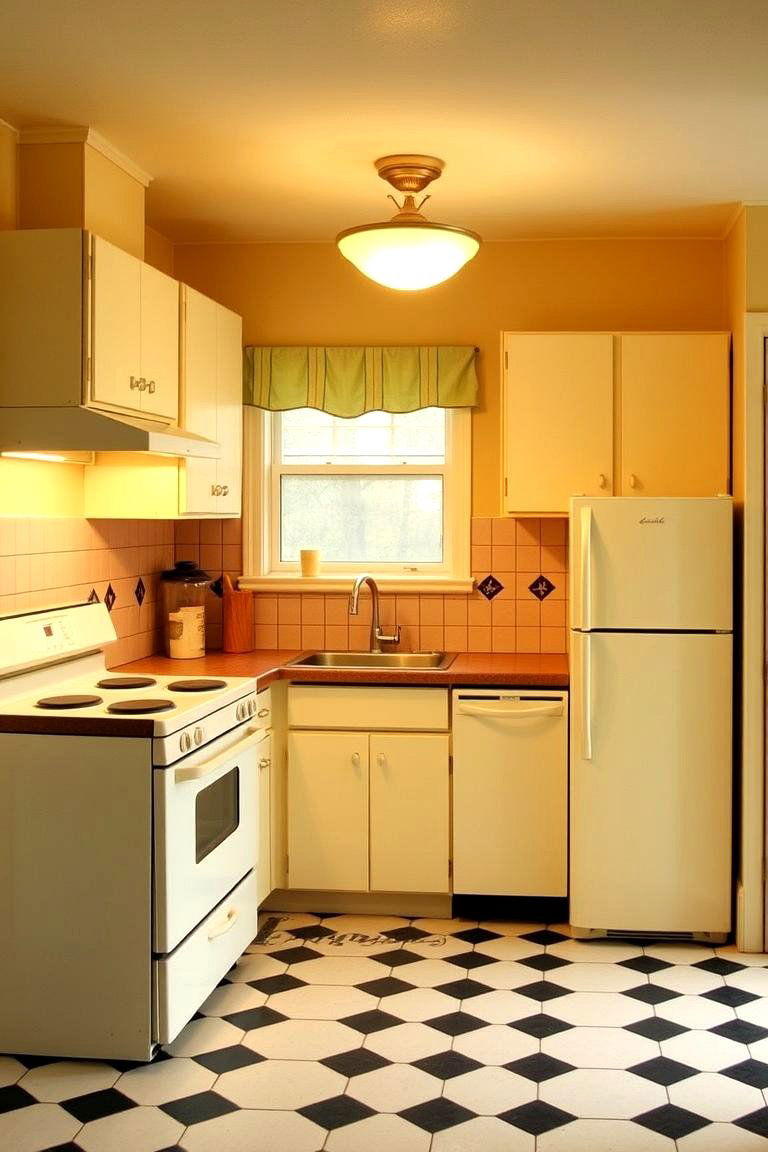
1940s kitchens were designed with a focus on efficiency, incorporating layouts that minimized steps and maximized functionality. The "work triangle," a concept that placed the stove, sink, and refrigerator in close proximity, became a key element of kitchen design. This layout ensured that cooking, cleaning, and food storage were all easily accessible, allowing for a smooth workflow. The layout of the 1940s kitchen was both practical and efficient, allowing homemakers to spend less time working in the kitchen and more time enjoying their meals.
17. The Rise of Stainless Steel in 1930s Kitchens
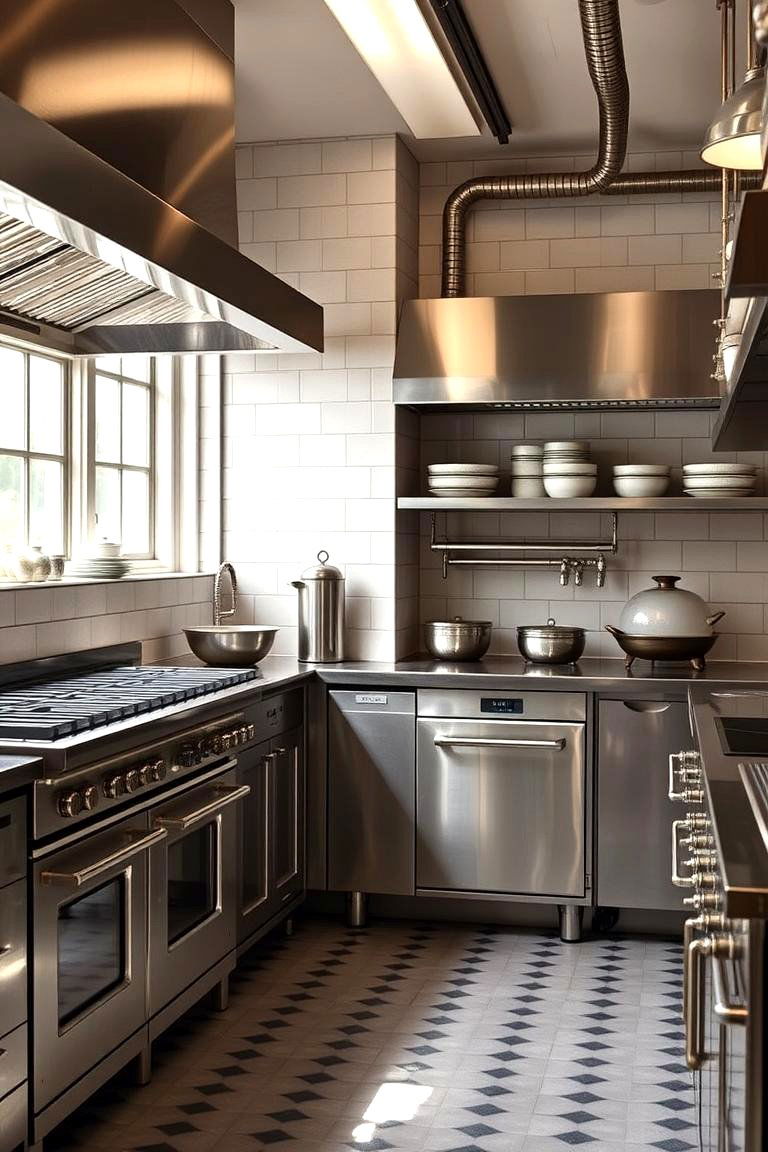
Stainless steel became a popular material in 1930s kitchens, known for its durability and sleek, modern appearance. Appliances such as refrigerators, stoves, and sinks were often made of stainless steel, which was not only aesthetically pleasing but also easy to clean and maintain. The rise of stainless steel in the 1930s was part of a larger trend toward more industrial and functional designs, helping to create kitchens that were both stylish and practical.
18. Open Shelving and Display in 1920s Kitchens
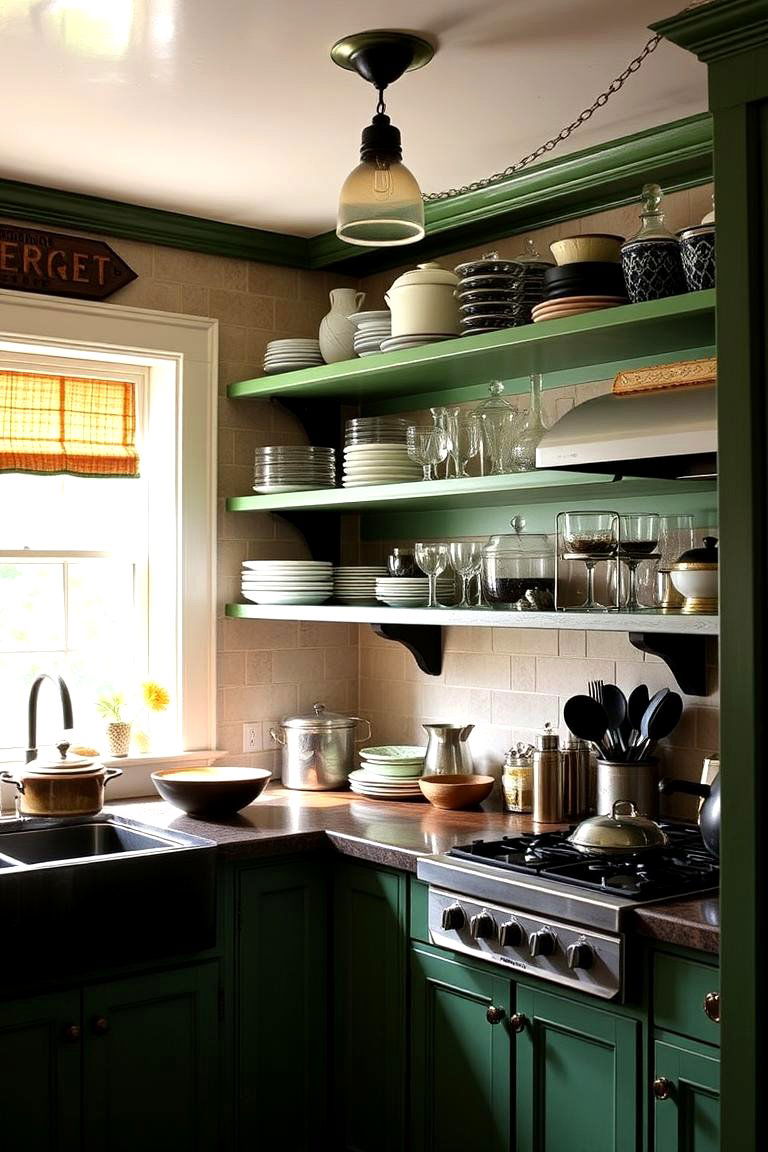
In the 1920s, open shelving became a popular feature in kitchens, providing both storage and display space. This design choice allowed homeowners to showcase their beautiful dishes, glassware, and utensils, adding a personal touch to the kitchen. Open shelving also made it easier to access items, eliminating the need to rummage through cabinets. The 1920s embraced this more open and airy approach to kitchen storage, creating a more inviting and functional space.
19. The Utility of Counter Space in 1930s Kitchens

Counter space became a crucial feature in 1930s kitchens, where homemakers spent a significant amount of time preparing meals. Kitchens were designed with larger countertops, which allowed for more prep space and organization. This focus on counter space made it easier to manage cooking tasks and provided a dedicated area for food preparation, which was especially important as families grew and cooking became more complex.
20. The Warmth of Wood in 1930s Kitchen Design
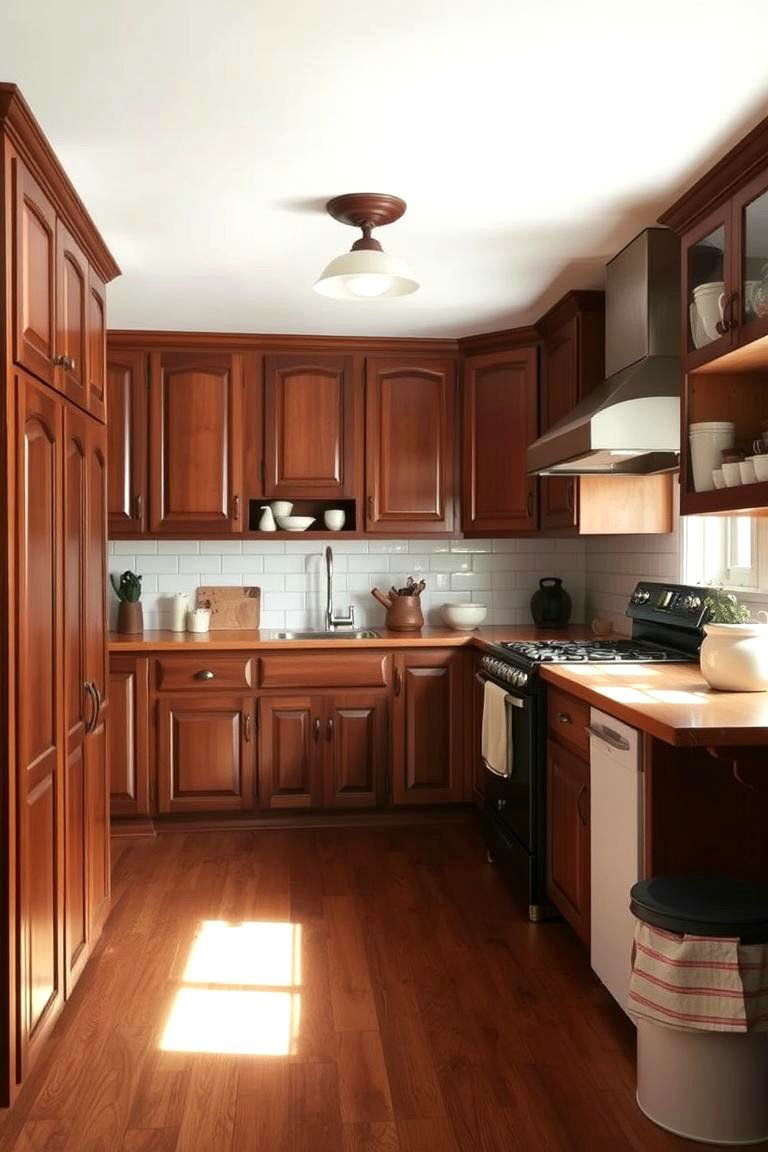
Wood played a key role in the design of 1930s kitchens, adding warmth and natural beauty to the space. From wood-paneled cabinets to hardwood floors, the use of wood helped create a welcoming and comfortable atmosphere. The rich tones of wood complemented the soft color palettes of the time, creating kitchens that were both functional and visually appealing. The warmth of wood also contributed to the homey feel of the kitchen, making it a space where families could gather and enjoy each other's company.
21. The 1940s and the Birth of Modern Kitchen Appliances
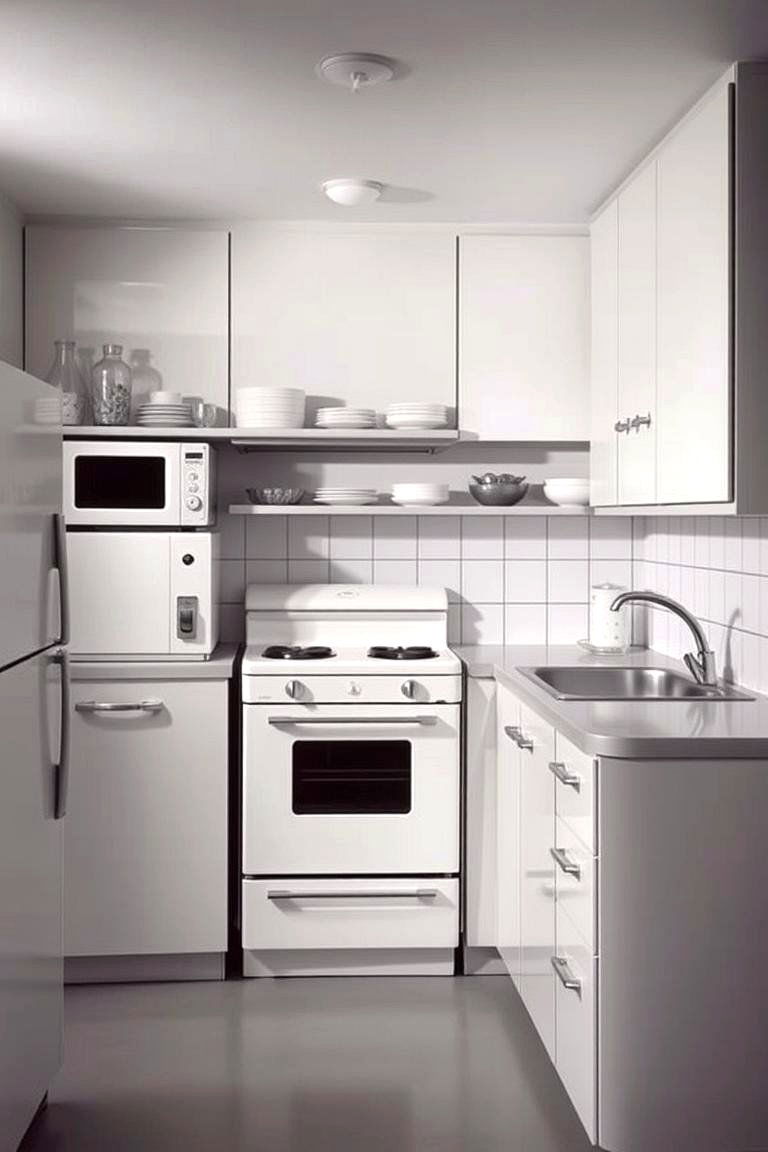
The 1940s marked the beginning of the modern kitchen appliance era, with innovations that made cooking and cleaning easier. Refrigerators, stoves, and dishwashers were designed to be more compact, efficient, and user-friendly. These new appliances helped streamline kitchen work, allowing homemakers to save time and effort. The 1940s set the stage for future technological advancements that would further transform the way we use and experience kitchens today.
22. Bold Tile Work in 1930s Kitchen Design
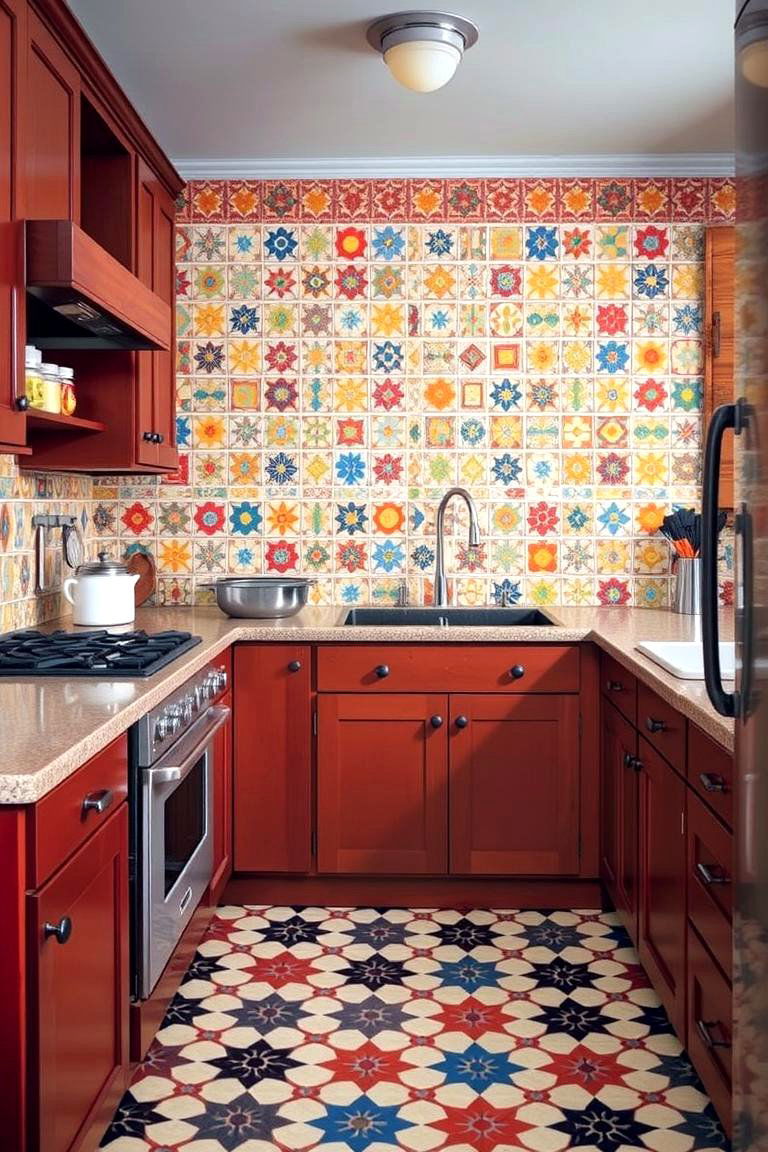
Tile work became a prominent feature in 1930s kitchens, with bold patterns and colors being used for backsplashes and flooring. This era saw the use of colorful ceramic tiles, often arranged in geometric patterns or as a border around countertops. The use of tile not only added a decorative element to the kitchen but also helped with maintenance, as tiles were easy to clean and resistant to stains. The bold tile work of the 1930s kitchens remains a signature design element to this day.
23. The Enduring Appeal of the 1920s Kitchen Breakfast Nook
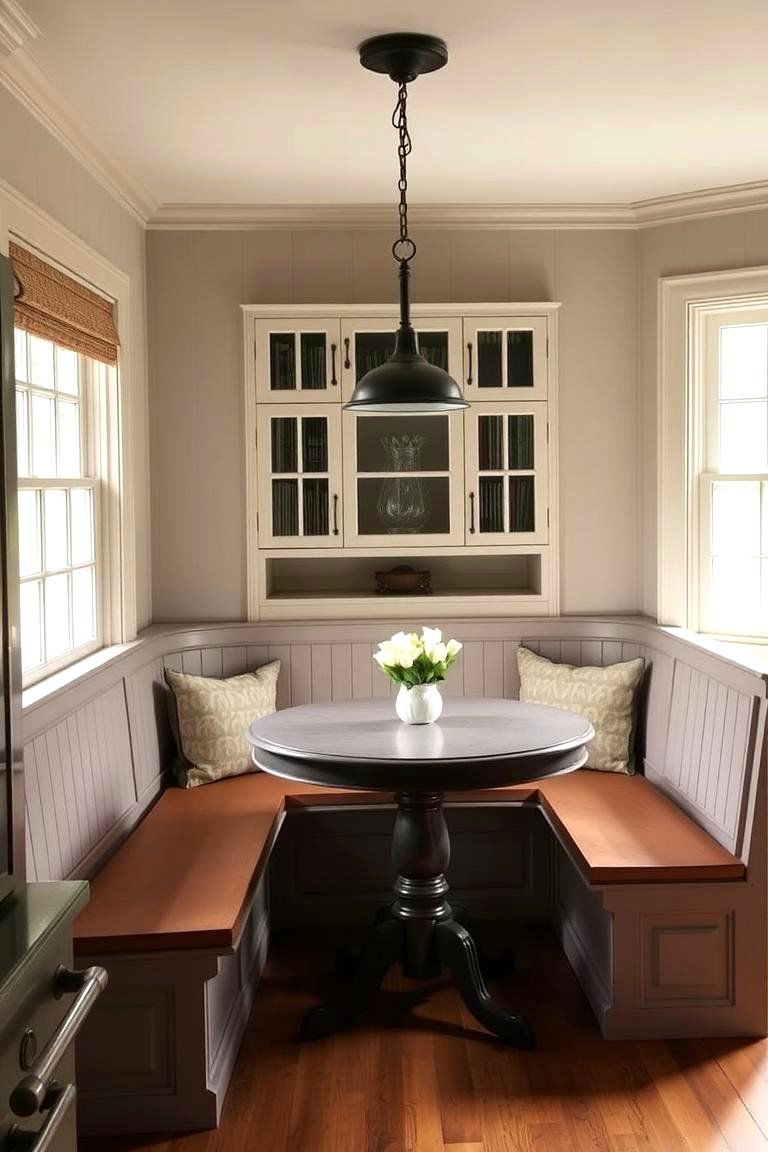
The breakfast nook was a quintessential feature in 1920s kitchens, offering a cozy spot for families to gather for meals. Typically located near a window, these small, intimate spaces were furnished with built-in benches and a table, creating a warm and inviting atmosphere. The breakfast nook was designed to be a functional yet comfortable space for families to enjoy casual meals together, adding to the charm of the kitchen.
24. The Rise of Modernist Influences in 1940s Kitchens
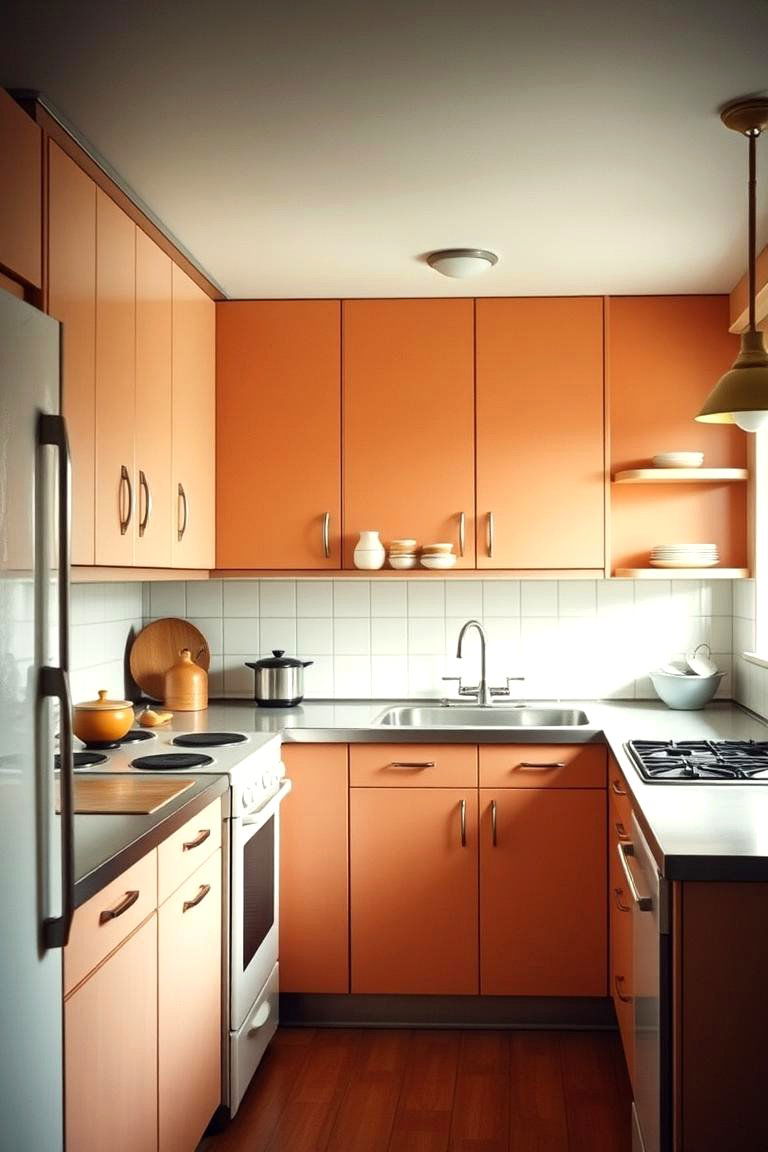
Modernism had a lasting impact on kitchen design in the 1940s, influencing both the aesthetics and functionality of the space. Clean lines, efficient layouts, and the use of new materials such as plastic laminates and stainless steel defined the look of the modern kitchen. These modernist influences helped to shape the sleek, minimalist kitchens of the post-war era, paving the way for the kitchen designs we recognize today.
Conclusion:
The kitchens of the 1920s to the 1940s represent a fascinating journey through time, reflecting shifts in design, functionality, and technology. These kitchens were not just spaces for cooking but places where families gathered, innovated, and adapted to changing times. From the elegance of the 1920s art deco to the efficiency-driven designs of the 1940s, these kitchens paved the way for modern-day innovations. Understanding these historical kitchens offers a greater appreciation for how far we’ve come and the timeless qualities that still influence kitchen design today.


